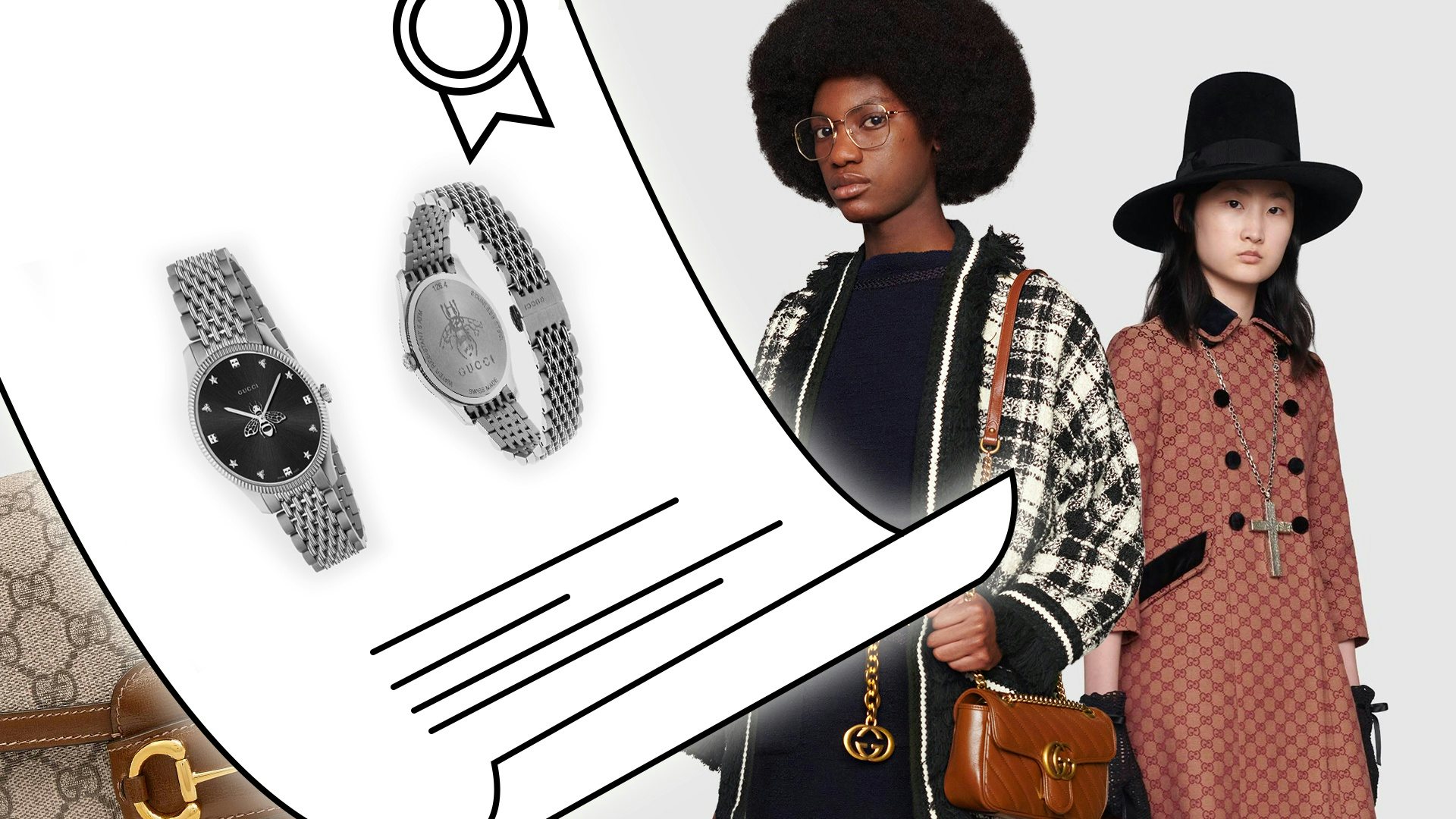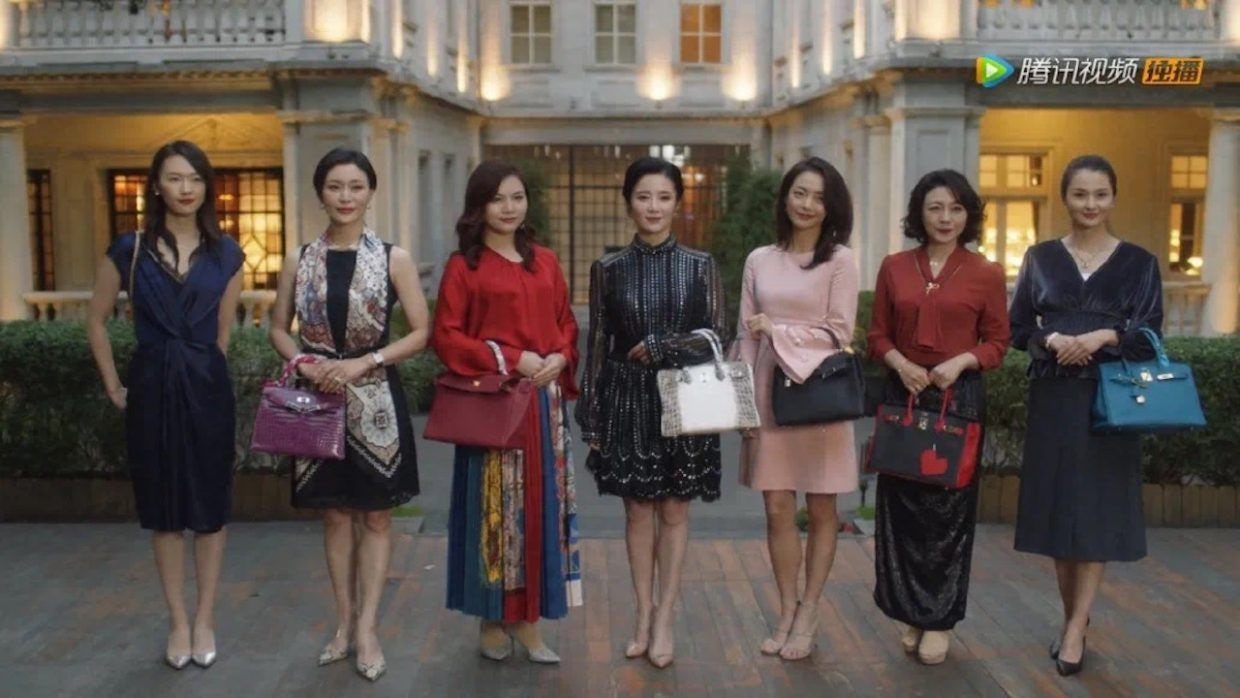Key Takeaways#
:
- A joint report by China’s University of International Business & Economics and Isheyipai estimates that sales of second-hand luxury products in China now accounts for 5 percent of the personal luxury goods market.
- JD.com’s anti-counterfeit system Hubaochui can notify brands when fake versions of their products are being sold by third-party merchants.
- Entrupy asserts that it has an archive of millions of images and can authenticate the 15 top luxury brands.
Just recently, Breitling announced a new partnership with the digital identity company Arianee so that it could issue “digital passports” for its watches. The digital certificates use a blockchain-based solution that prevents scammers from hacking or altering information. According to Tech Crunch, these certificates will ensure that customers will “also see the benefits of supply chain regulation.”
But Breitling is not the first luxury brand to search for effective ways to combat counterfeits and fakes. Certificates of authenticity have changed with the times. Nowadays, various apps and e-commerce platforms offer expert online authentication. For example, users who want to determine the authenticity and identification value of a luxury good can contact Real Authentication, and they will receive a determination within 12-24 hours.
With the boom of the luxury resale market, authentication technology and software tools are becoming essential instruments for every e-commerce platform, and new resale apps like Fashionphile and Vestiaire Collective are leading the change. But this commitment to keeping scammers and their fraud schemes away from e-commerce platforms makes sense if we look at the authentication scandals and counterfeit accusations that have recently tanked stocks and earnings.
Following a CNBC investigation revealing that The Real Real sold fakes on its website, shares of the company plunged, and CEO Julie Wainwright had to defend the company’s authentication process. But Western players are not the only ones looking for innovative solutions for keeping fakes away from their websites.
In China, the second-hand luxury market has been gaining momentum. In fact, a joint report by the country’s University of International Business and Economics and Isheyipai estimates that sales of second-hand luxury products in China now accounts for 5 percent of the personal luxury goods market. Furthermore, a survey commissioned by CBNData shows that 60 percent of respondents born after 1985 would buy second-hand items because they are more price convenient.
"China's love for luxury is spilling over into the once shunned second-hand goods sector, with online stores surfing a wave of pent-up demand from shoppers, led by millennials, who have been forced into belt-tightening by the coronavirus pandemic," says Reuters.
But, in the digital age, having experts check luxury leather accessories for quality and authenticity is no longer enough. Consumers now not only want a document indicating provenance and quality, but they are also demanding a guarantee of authenticity. These requirements are especially desirable in China, which creates more than half of the world's counterfeits.
The companies leading the effort against counterfeits#
According to JD.com’s corporate blog, the group’s anti-counterfeit system, Hubaochui, has already recruited 320 brands that each make hundreds of millions of yuan in annual sales. “Leveraging algorithms, the system will notify brands when fake products are being sold by third-party merchants, including issues like false advertising of the brand name,” says JD’s blog post.
Meanwhile, JD’s biggest challenger, Alibaba, revolutionized the business model by moving it away from the popular consumer-to-consumer (C2C) model to a business-to-consumer (B2C) model that is similar to consignments firms. And Alibaba’s very own resale platform, Idle Fish (Xianyu), runs a premium channel where brands can operate their own official stores and offer consumers access to verified goods.
The Tencent-backed Zhuan Zhuan also partnered with Haier “to provide quality inspections and maintenance solutions for household electrical appliances,” according to Technode. And the Financial Times explains how Luxury Fashion (Isheyipai) prides itself on having an “expert jury” of 12 authenticators, and buyers can choose between junior authenticators (Rmb49) and senior staff (Rmb99) when they decide who will appraise their luxury goods.
Another mobile application, Zhiduoshao, told the Financial Times that many of their senior authenticators are trained in Japan, and they convey their knowledge to juniors.
Entrupy is one more app gaining traction thanks to the disruptive tools it uses like machine learning and AI. The process is relatively hassle-free, and users can take advantage of the “portable scanning device." CNBC reports that Entrupy takes microscopic surface images from different angles of all the details of a designer bag and compares them to the authentic product as a way to uncover fakes. As such, the AI performance gets upgraded with every new scan, thanks to additional data it gets from these pictures.
Entrupy asserts that it has an archive of millions of images and can authenticate the top-15 luxury brands. Furthermore, its accuracy rating is 99.1 percent, and the app releases the results anywhere from a minute to an hour. But Hermès is a notable exception, and this authentication process can take up to 24 hours.
Another noteworthy entry is the “Fashionphile University,” which demands its authenticators undergo very stringent and scrupulous training. “Before an employee can work on their own at Fashionphile, they must undergo 5,200 hours of training in just seven brands; after 6,100 hours, they can work within 21 brands; after 6,460 hours, they can work on 32 or more,” says Tyler McCall, the editor-in-chief of Fashionista. But Fashionphile’s critical infrastructure does not rely exclusively on the involvement of humans; it also uses high-tech equipment to help authenticators identify fakes.
So, as you can see, only the e-commerce players that can merge technology-driven solutions with outside-the-box thinking will win the fight against counterfeits in the future.

